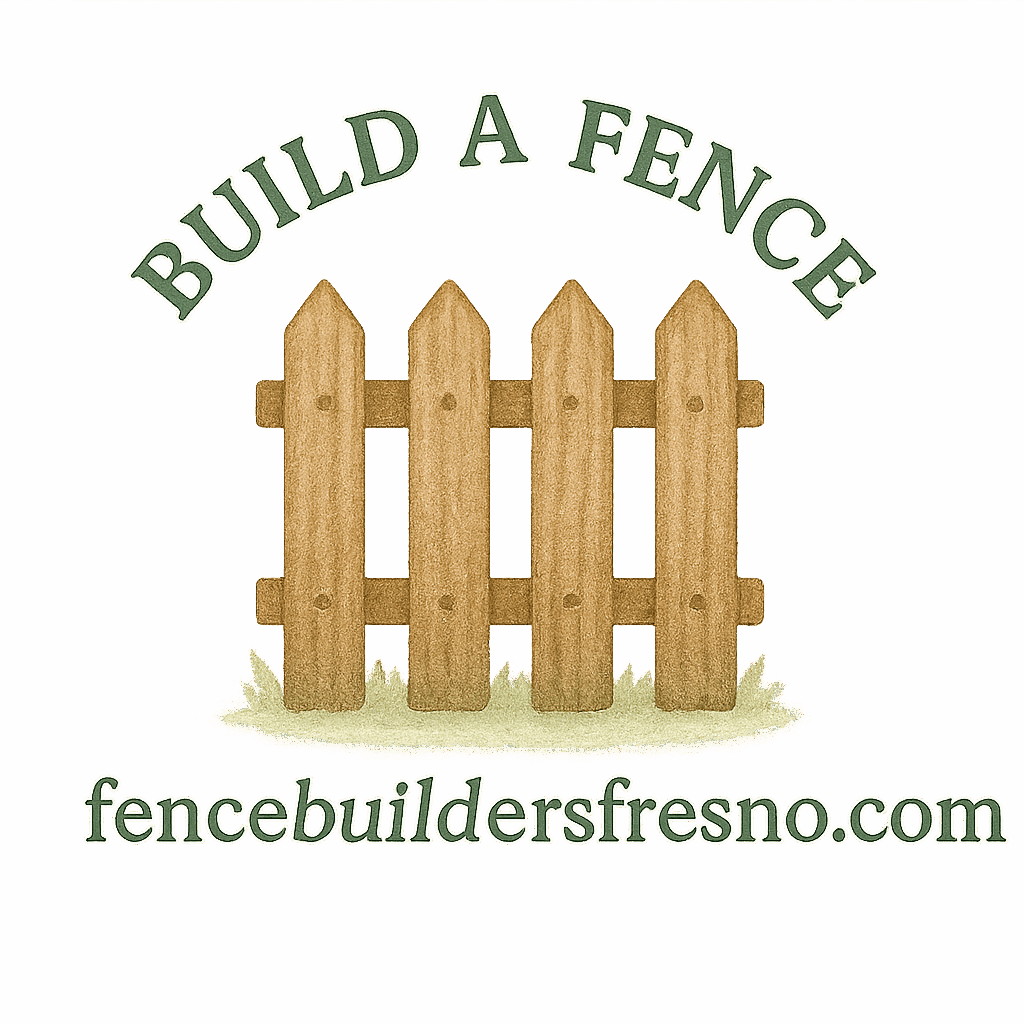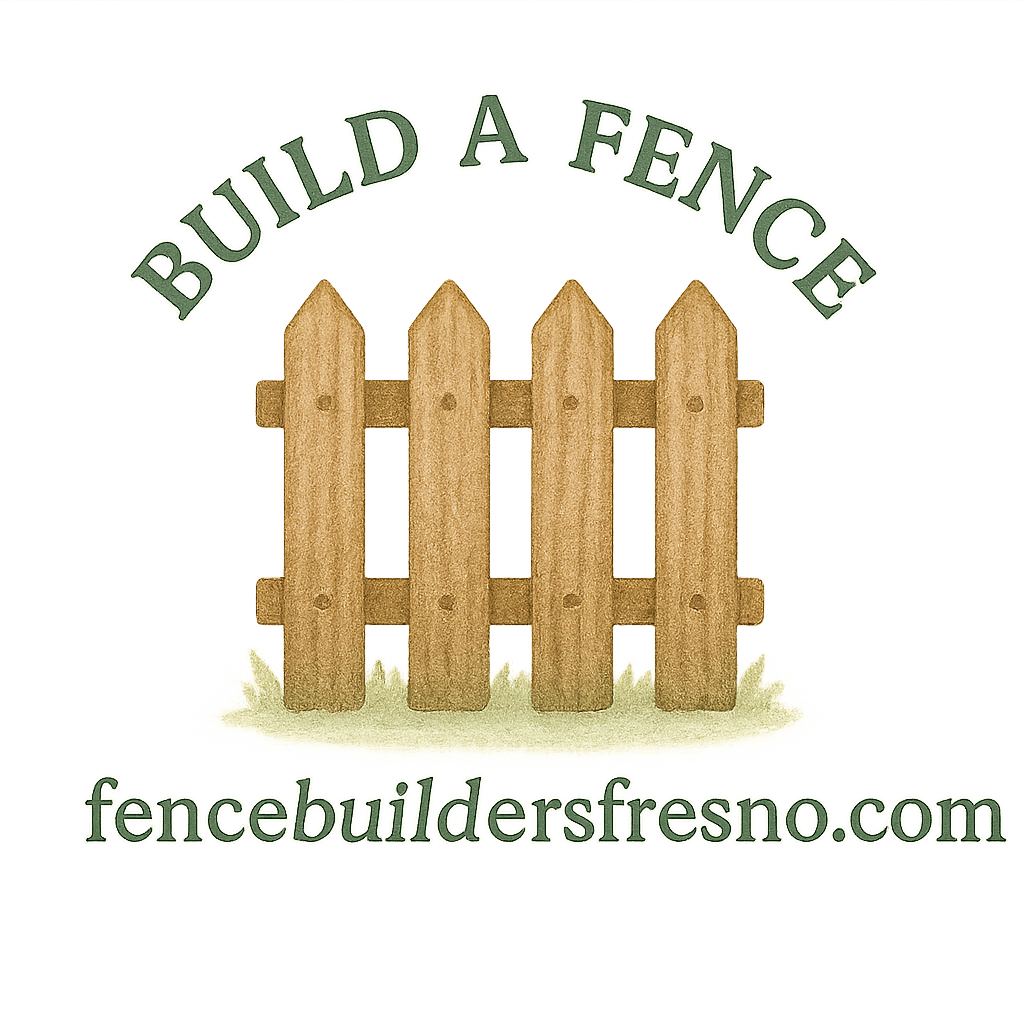Planning a fence layout sounds simple—until you dive in and realize how many details go into making it perfect. Whether you’re installing a fence to keep your dog safe, add curb appeal, or create some peace and quiet in your backyard, it’s more than just picking a style and hammering in some posts.
In this guide, we’ll walk you through the 6 most important things to consider when planning your fence layout. Trust us, it’s better to measure twice and dig once—especially when the wrong move could lead to legal disputes or a fence that doesn’t do what you need it to do.
1. Understand Your Purpose for the Fence
Before you even break out the measuring tape, pause and ask yourself: Why do I want this fence?
Privacy vs. Security vs. Aesthetic
- Want to block out the noisy neighbors? You’ll need a tall, solid panel.
- Looking to keep pets or kids safe? Security and visibility might matter more than looks.
- Just need a boost in curb appeal? A decorative fence might do the trick.
The purpose defines everything: height, materials, and even where the fence goes.
Do You Need a Boundary Fence?
If you’re marking your territory (in a neighborly way), you’ll want a reliable boundary fence. These are essential for property separation and must follow strict rules in most cities—more on that soon.
2. Know Your Property Lines
This step is non-negotiable. Installing a fence on someone else’s land could lead to headaches or, worse, lawsuits.
Avoiding Fence Encroachment
Accidentally building beyond your boundary is called fence encroachment, and it’s a surefire way to spark a neighborly feud. Confirm property lines using:
- A recent land survey
- Your property deed
- City maps or records
Legal Disputes and Neighbor Concerns
Encroaching can even escalate into a legal dispute, so always double-check those boundaries before placing that first post.
Need more help? Read our full guide on legal property considerations to stay in the clear.
3. Check Local Laws and HOA Rules
You know that perfect fence you spotted on Pinterest? Your city or homeowner’s association might not allow it.
Legal and Property Considerations
Every city has rules for:
- Fence height
- Materials
- Distance from sidewalks or roads
Check your local zoning laws and dig into legal fencing rules.
Permit Requirements
In many areas, even a small fence needs a permit. Find more in our fence building basics guide.

4. Choose the Right Fence Type
There’s a fence for every function, but not all fences are created equal. Materials matter—big time.
Comparing Fence Materials
Dive into our full fence types comparison to weigh your options, but here’s a quick peek:
Wood Fence: Classic and Customizable
- Beautiful and natural
- Needs regular wood fence care
- Ideal for privacy or traditional homes
Vinyl Fence: Durable and Low Maintenance
- Long-lasting and weather-resistant
- Perfect if you want low-maintenance fencing
- Learn more in our vinyl fence guide
Decorative Fence Ideas for Style
- Mix style with function
- Great for front yards
- Browse our decorative fence inspiration
5. Design and Layout Planning
Once you know your purpose, boundaries, and fence type, it’s time to sketch out your layout.
Fence Design Planning Tips
Your fence layout should follow both your terrain and your needs. Use our fence design planning resource for pro tips.
Front Yard vs. Backyard Fencing Needs
Not all parts of your property need the same type of fence.
- Front yard fences = lower, more decorative
- Backyard = taller, more private
DIY Fence Layout Considerations
Thinking of doing it yourself? That’s great—but make sure to read our DIY fence guides before you start.
6. Think Long-Term: Maintenance and Upkeep
Fencing isn’t a set-it-and-forget-it situation. Different materials need different love.
Fence Maintenance and Repair Planning
Wood fences need staining, vinyl needs washing, and eventually, all fences need some TLC. Check our fence maintenance & repair tips to keep yours looking new.
Tips for Low-Maintenance Fencing
Want to avoid frequent repairs? Check out our upkeep tips and opt for durable fencing like vinyl or aluminum.
Final Thoughts
Planning a fence layout takes more than just aesthetic vision. You need purpose, legal knowledge, smart design, and long-term thinking. But once it’s done right, a fence can give you privacy, protection, and peace of mind for years to come.
Need expert help? Visit Fence Builders Fresno for advice, planning, and professional installation. Whether you’re building from scratch or upgrading your existing setup, we’ve got your back.
FAQs
1. How do I find my exact property lines before building a fence?
Get a land survey, check your property deed, or consult your local planning office for maps.
2. What is the best fence for low maintenance?
Vinyl fences are excellent for low maintenance. They’re weather-resistant and long-lasting.
3. Can I install a fence without a permit?
In many areas, no. Always check your local codes and see our fence building basics to stay compliant.
4. What’s the difference between a boundary fence and a decorative fence?
A boundary fence defines your property line. A decorative fence focuses on style and may not provide security or privacy.
5. How do I avoid disputes with neighbors over fences?
Talk with them beforehand, confirm property lines, and avoid fence encroachment.
6. What materials are best for durability?
Durable fencing options include vinyl, metal, and composite.
7. Is it better to hire a pro or DIY my fence?
If you’re confident and handy, DIY fencing can save money. But for legal, boundary, and design precision, pros are worth it.


